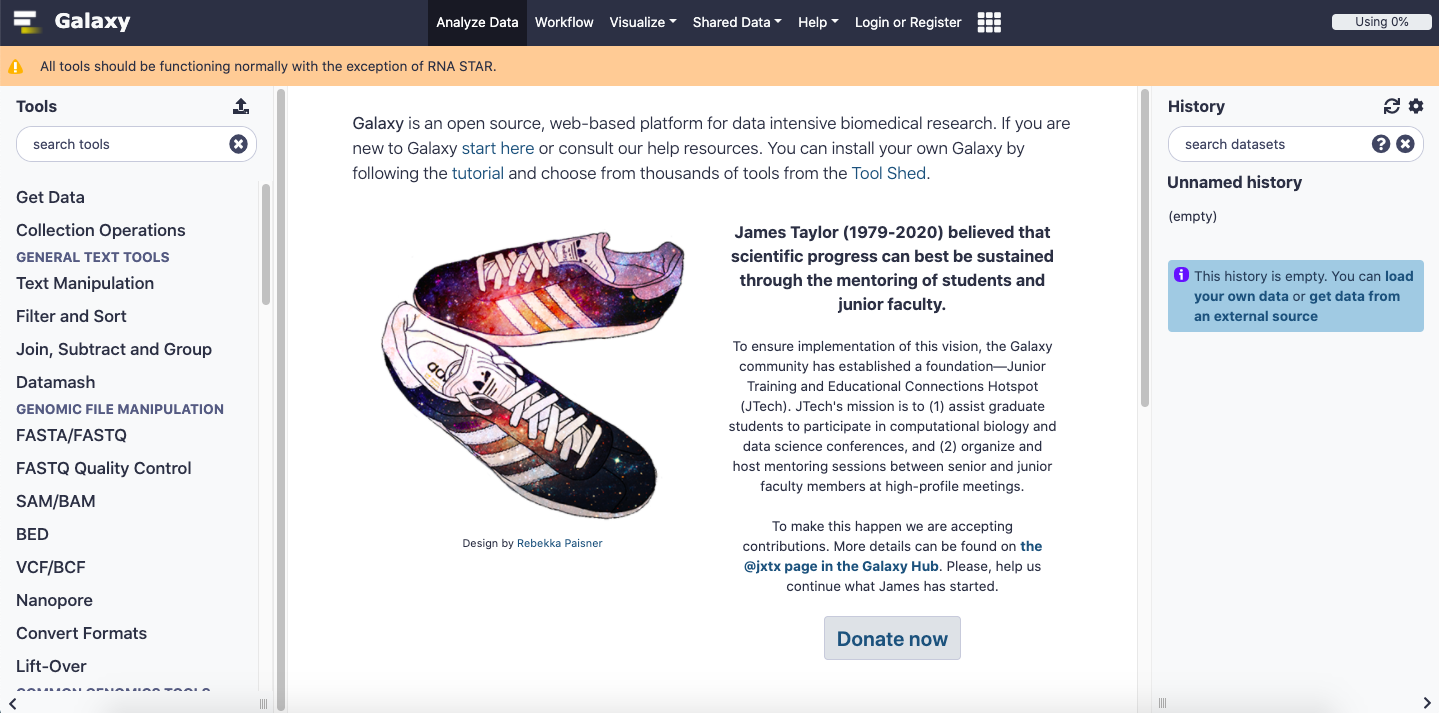Interactive visualization and personalized in-depth interpretation of multi-dimensional scientific research data have become one of the major challenges for quantitative researches.
In recent years, with the development of various cloud computing platforms (such as Galaxy and DNAnexus in the biomedical field) and IT hardware and software (such as distributed computing, container technology, package manager, workflow language, etc.), junior researchers can easily obtain the upstream result. Moreover, when the upstream analysis process of conventional omics data tends to be stable and perfect, the customization and variability of the upstream analysis process have been greatly reduced. The visualization and personalized in-depth interpretation in the downstream process of data analysis have become the biggest challenge facing current users:
- Most of the visualization software or methods developed by the open source user community have not been well integrated under a unified user interface;
- There is no active collaborative community for the visualization of scientific research data in China, and the "** Draw Group" has become one of the few choices for primary scientific research users;
- There is a lack of core data visualization software and platforms similar to Graphpad and MATLAB in China. After being banned by the United States, they can only spend additional costs to migrate the process or start over;
- There are several disadvantages of existing platforms and tools: the user interface is not beautiful enough; lack of the Chinese and English support; it is still difficult to get started; the file Manager of some platforms is not convenient; users cannot actively participate in platform development.
Hiplot (ORG) (https://hiplot.org) is a free and comprehensive web service for biomedical visualization based on web technology, which is supported by open source communities. It provides more simple web and command-line interfaces compared with other similar platforms.
Editable table view and switched file uploader simplify the data loading process for most tasks. Data, parameters, and task history can be imported and exported via the JSON files for enhancing reproducibility. A single R language script or function can be used to generate the web front-end interface, command-line interface, and the meta description of a Hiplot plugin. Up to now, hundreds of free applications have been working on Hiplot, including basic statistics, predictive models, multi-omics data analysis, and text-mining.
This work is licensed under a Creative Commons Attribution 4.0 International License.

